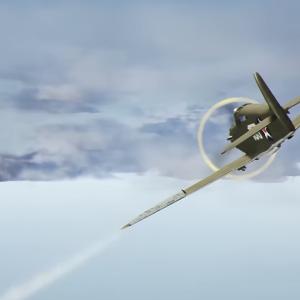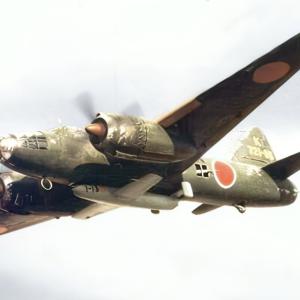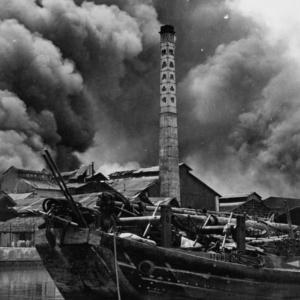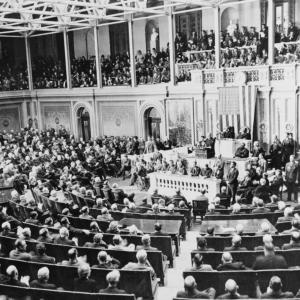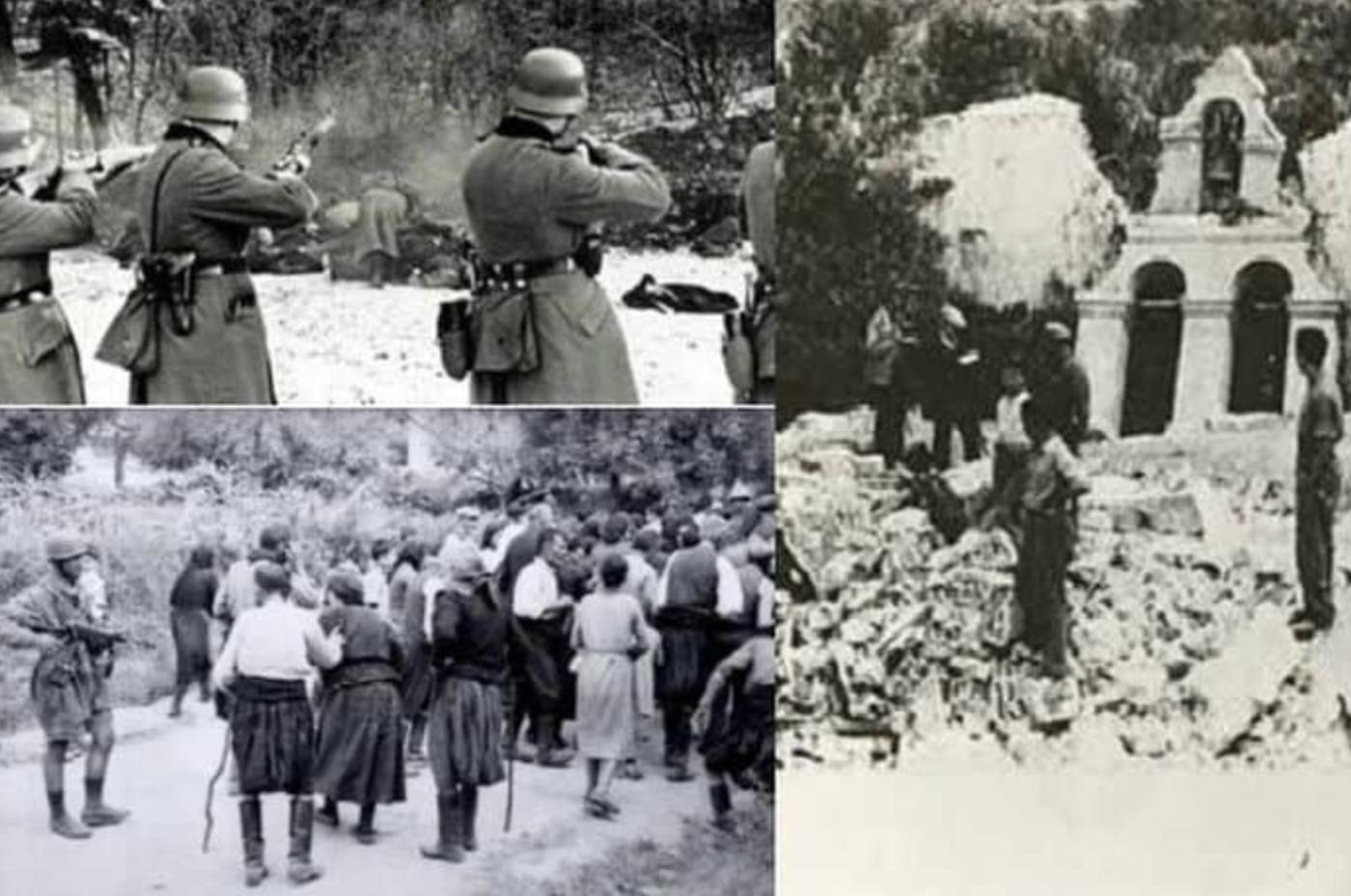
On this day in military history…
On the morning of August 22, 1944, the quiet agricultural communities of the Amari valley in Crete were shattered by one of the darkest episodes of the German occupation during World War II. German forces from the 22nd Luftlande Infantry Division, acting under the orders of Generalleutnant Friedrich-Wilhelm Müller, launched a brutal reprisal operation in the villages scattered around Mount Kedros, executing 164 Greek civilians and systematically destroying homes and farms. This massacre, known as the Holocaust of Kedros, remains a painful memory etched deeply into the history of Crete.
The Amari valley, with its fertile plains and olive groves nestled between Mount Psiloritis and Mount Kedros, was a peaceful rural region where life revolved around farming and close-knit village communities. During the occupation, however, it also became a refuge for local resistance fighters who opposed the German presence on the island. As partisan activities intensified, the German military grew increasingly anxious about maintaining control and preventing attacks on their forces.
In response, the German garrison command ordered a harsh punitive expedition targeting the Kedros villages. At dawn, heavily armed Wehrmacht units from the 22nd Luftlande Infantry Division encircled the area and rounded up the villagers. Men and boys were separated from the women and elderly, then taken outside their homes and executed by firing squads. Following the mass shootings, soldiers looted the villages before burning houses to the ground. In some cases, the victims’ bodies were doused with petrol and set ablaze in a further act of cruelty.
This atrocity was not an isolated incident but part of a wider German strategy of brutal reprisals meant to terrorize the population and discourage support for the resistance. The massacre took place just as the German forces were preparing to withdraw from parts of Crete, and it was intended to sow fear among civilians who might otherwise aid the partisans harassing retreating troops.
The destruction left deep scars on the region. Some villages were rebuilt after the war, but others never fully recovered from the devastation. The massacre claimed innocent lives—farmers, children, and elders—people whose only ‘crime’ was living in an area sympathetic to the resistance movement.
In the years following the war, Generalleutnant Friedrich-Wilhelm Müller, commander of the German forces on Crete, was held accountable and faced trial for war crimes. He was executed in 1947. However, many others involved in such reprisals escaped justice, and the survivors and families of victims received little in the way of formal reparations. Despite this, the memory of the Holocaust of Kedros endures in the local communities, commemorated each year as a solemn reminder of the suffering endured and the resilience of those who lived through the occupation.
The tragedy of Kedros serves as a stark example of how the brutality of war extends far beyond the battlefield. It reminds us that ordinary civilians often bear the heaviest toll in conflicts, caught between military strategies and acts of vengeance. Remembering this dark chapter is essential, not only to honor those who were lost but also to reflect on the human cost of war and the importance of standing against oppression.

